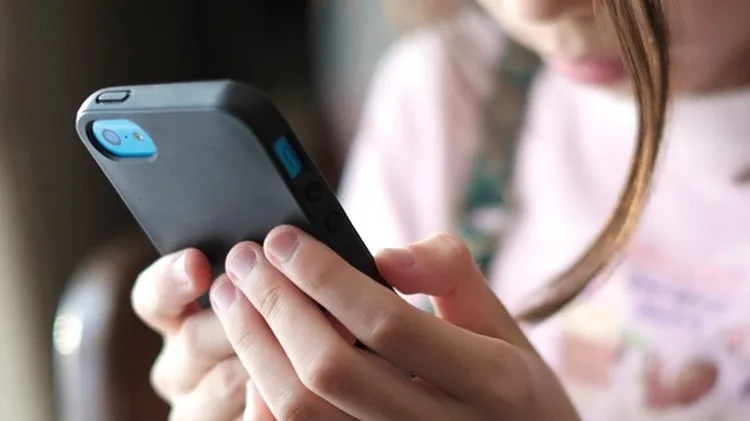The unique stress of growing up right now—and how young Americans are cop
In their own words
5 min read
This article is from...
Read this article and 8000+ more magazines and newspapers on Readly






